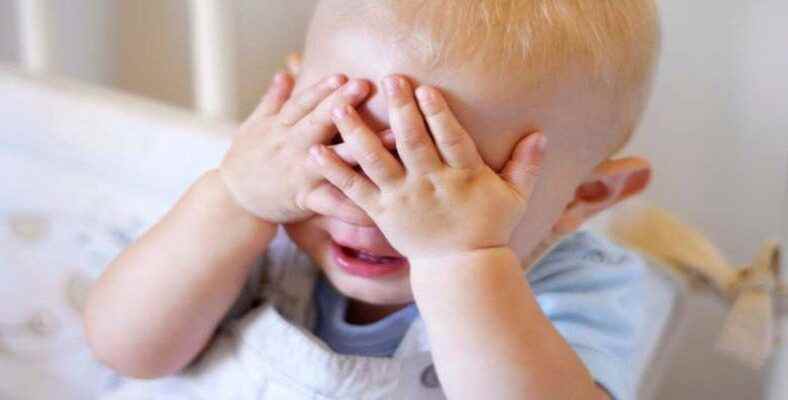The majority of babies react much more than expected to the “cee-ee” joke for you, when you suddenly close and open your face. Because babies have the misconception that things that they did not see with their eyes until a certain age are completely lost. Starting from a simple cee-ee joke, we take a closer look at the cognitive transformation we all go through.
Most of us cannot directly recall any memories of our infancy. What we see at that time cannot have a permanent place in our brains. All the babies we see actually have very unusual cognitive features. For example, when the toy they played with until a certain age falls under the table, they cannot think that it is there, that is, what they do not see does not actually exist for them.
The interaction of babies with the outside world is a subject that has been subject to scientific research for many years. Babies In what period can he perceive what, what can he think, such questions have always been a matter of curiosity. Birkbeck University’s Dr. Casper Addyman argues that babies’ laughter is extremely important for understanding their mental development. Let’s take a closer look at Addyman’s research and the importance of the cee-ee joke.
Babies use laughter as a way of communication:
BabiesThey are kept under strict observation from the moment they are born until their childhood years. During this period, both their mental and physical development are closely followed. The greatest reward for parents who are tired of crying for hours is to see their babies bursting with laughter and smiles. So is this laughter just simple reactions, or does it tell us more about the workings of their minds?
Dr. Casper Addyman, babies’ laughter and smiles are like cries very early She says it shows up and that babies use it as a way of communication. Addyman, who collected nearly 700 surveys for his research, continues to conduct surveys to strengthen his theses.
According to Addyman’s research, even 1-month-old babies react with smiles and laughter to the emotions that please them, and when they are two to four months old, they can do it. for social communication states that they are starting to use it. Addyman hopes to take her research further and examine more closely how babies interact with the world.
Jean Piaget argues that children go through different stages
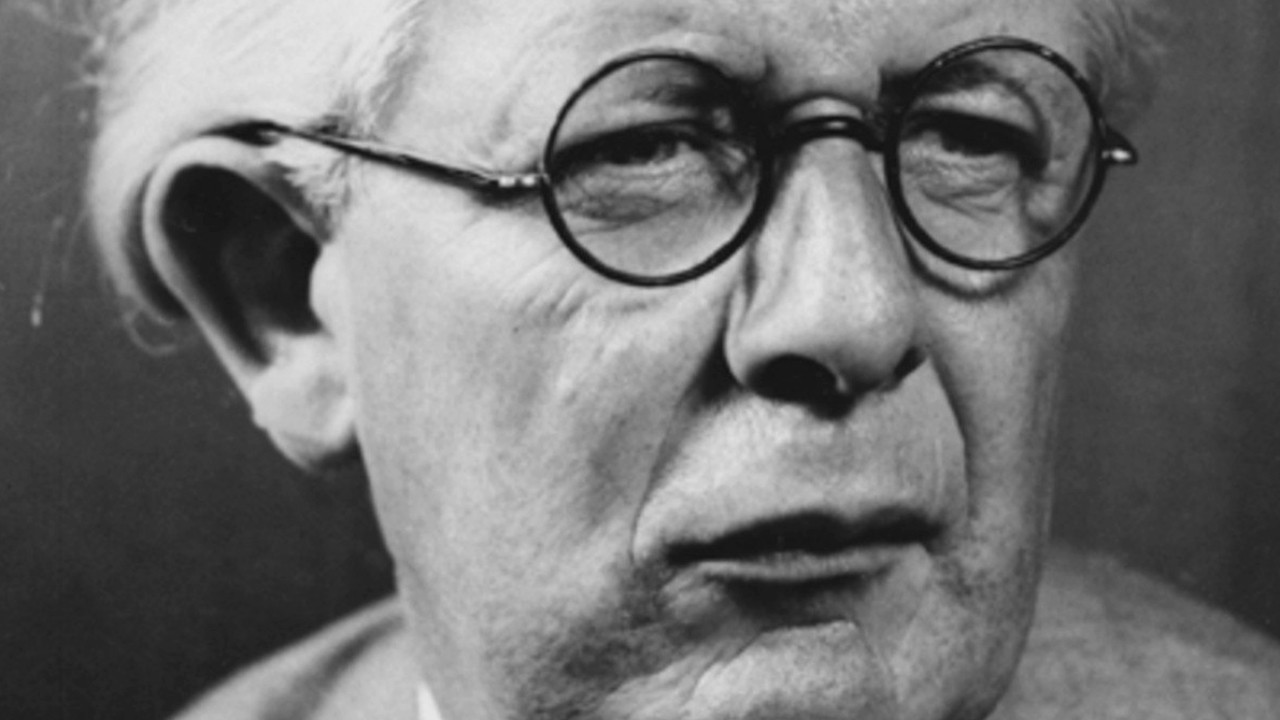
Jean Piaget, another name who has done the most important research on child development, observed the interactions of children of different ages with the world. reaching the mental abilities of an adult He concluded that it would have to go through four different stages. Let’s take a closer look at these 4 steps.
first phase sensorimotor stage Piaget argues that up to the age of 2, children understand the environment by perceiving and interacting with surrounding objects and people through shaking, sucking and grasping. If from 2 years to 7 years old before functionality He says that in the stage he calls, children not only talk slowly but also start using their imitation skills and the objects around to explain what they know and learn new things.

Experienced from 7 to 12 years old in the concrete functional phase Children are able to perceive their surroundings logically and become able to categorize objects. the last phase in the formal operational phase Children now begin to think both scientifically and hypothetically.
Although Jean Piaget says that babies go through these periods and gradually form an understandable picture of the world, Dr. Addyman says that laughter and smiles are also extremely important for understanding the development of babies. when you understand “You start laughing, so the things babies laugh at tell us how they perceive the world,” she says.
Babies can’t perceive absurdity
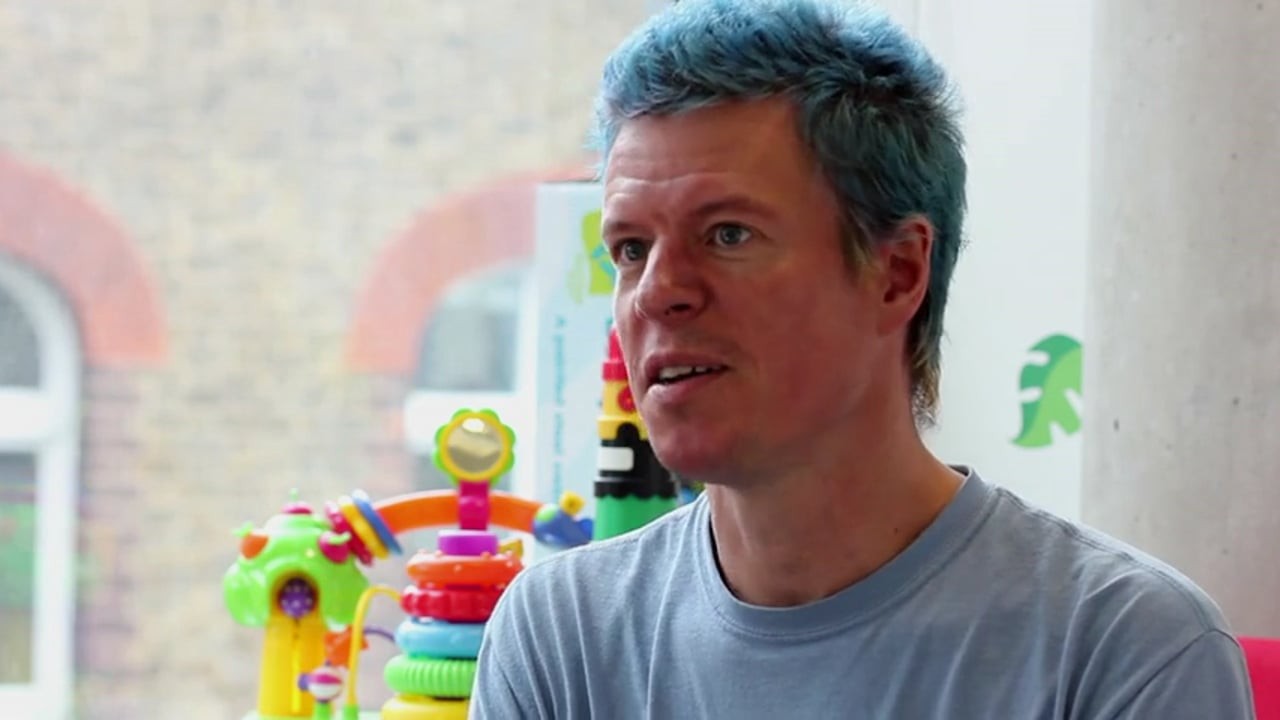
Dr. Addyman said that because of the little experience that babies have, they don’t react to things that are different or absurd, everything is extremely normally He says they accept. Addyman, who goes all-blue to support her thesis, says that babies never laugh when they see blue hair, but older children start to laugh because they perceive that something is wrong.
Addyman says that when babies suddenly find something funny that they haven’t laughed at before, it teaches us a lot about the development in the depths of their brains. The Baby Laughter Project allowed Addyman to survey parents from over 20 countries and the cee-ee joke object persistence under the name of the baby, he showed very clearly the development of the baby.
Cee-ee prank starts to sound funny to babies after a certain period
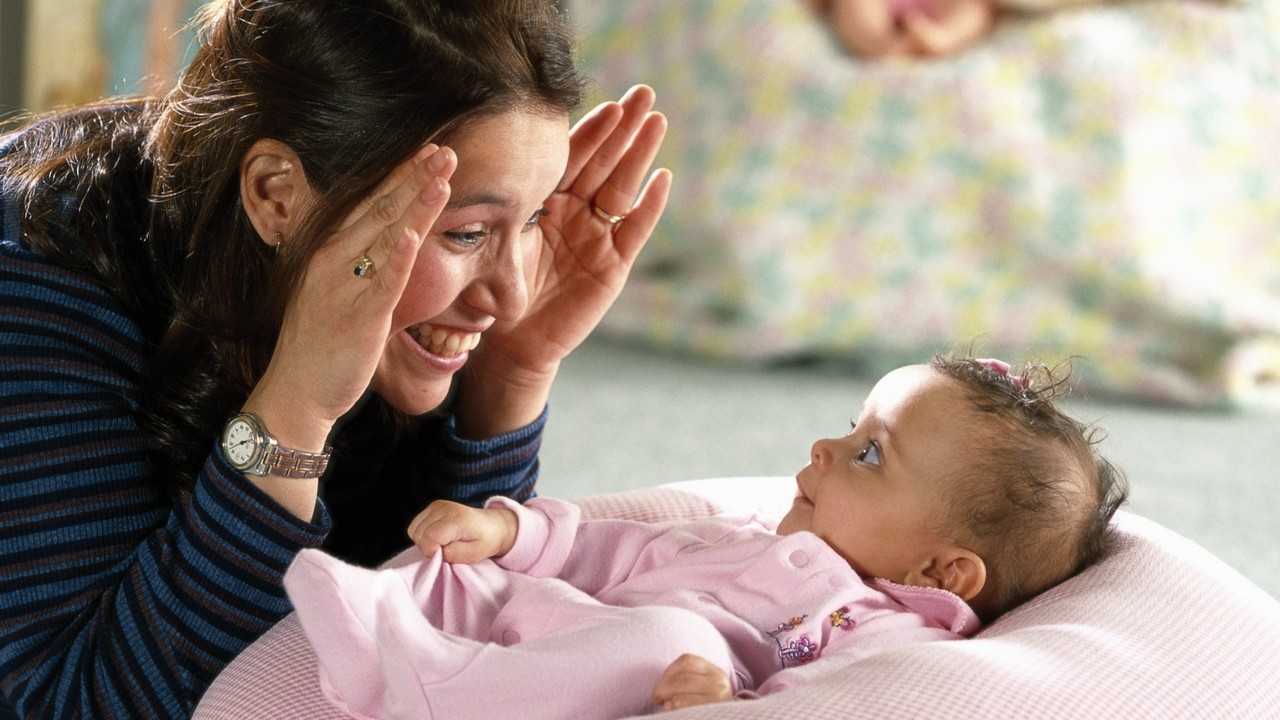
Object persistence actually works with a very simple logic. The term describes the state of being sure of an object even if you don’t see it. For example, when playing hide and seek, you are sure of the presence of the other person, but you do not know where they are. Although we have embraced this event, it is a small Babies under 6 months They are not yet in a position to perceive it.
less than 6 months old babiesthinks that their parents’ faces suddenly disappear when they are told the cee-ee prank and in astonishment they stay. This causes them to look confused rather than laughing at the joke.
If between 6-8 months babiesknows that the cee-ee is hiding and excitedly waiting for her to come back. Seeing the other person’s face in a surprise way both excites them and bursts into laughter.
Joking and playing games are extremely important in communication.
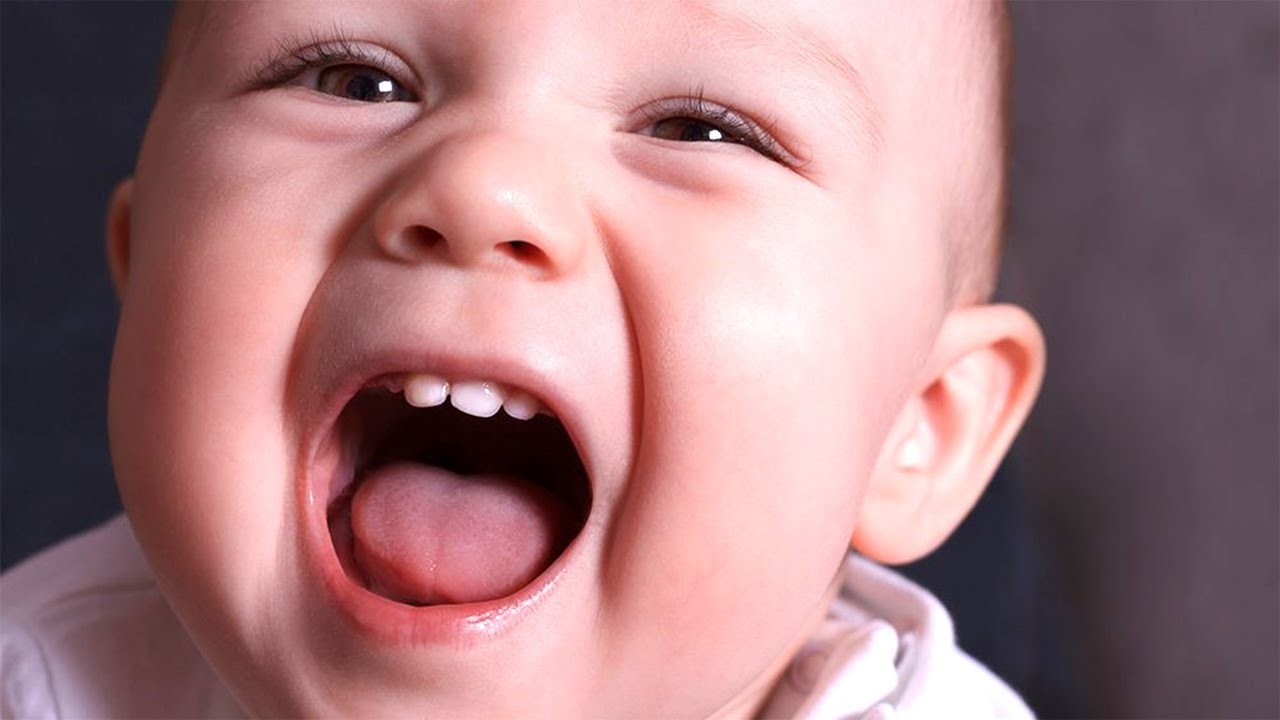
“When a baby smiles at you, you involuntarily start laughing with it, which is extremely important in communicating with people,” says Addyman. between laughter and communication states that he has a potential connection.
Stating that babies imitate the other side and make eye contact while joking, Addyman said, “babies He can catch the rhythm of speech by joking and playing games,” he says. In other words, smiles and laughter appear as a method that babies use as a communication channel before they learn to speak.
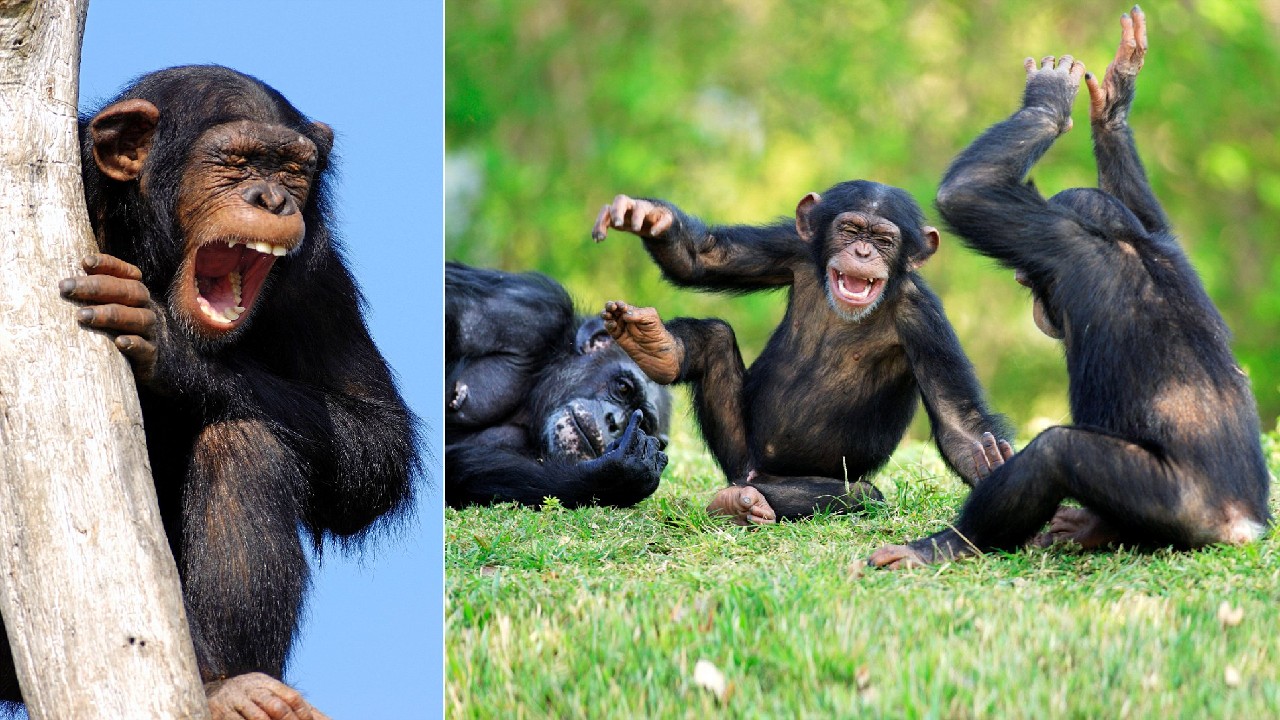
University of York’s Dr. Katie Slocombe said that even primates can’t afford to laugh. interaction and communication He says that he uses it as a tool, and that young chimpanzees often laugh while playing, which encourages other young chimpanzees to tickle or run after them.
Dr. Finally, Addyman concluded that the interpretation of infant laughter by adults is extremely wrong, and that the laughter of children of different ages is more closely and scientifically He says we can tell what’s going on in their heads judging by what’s going on in their heads.
The evolution of smiles and laughter
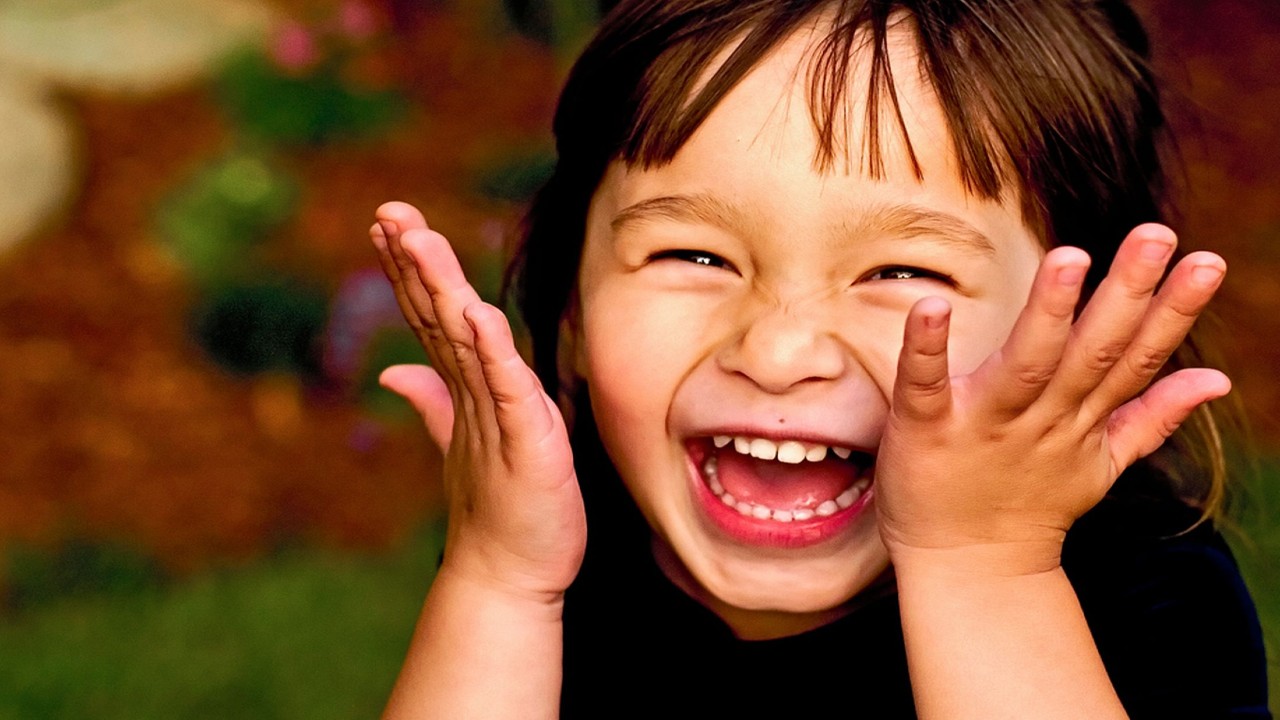
According to researches babiesstarts laughing for the first time at 1 – 3 months of age. Between 2 and 4 months, they begin to use laughter to socialize and attract their parents’ attention. Babies who start laughing at the age of 3 – 6 months begin to tickle and respond with laughter when they are 4 – 6 months old. At the age of 6-8 months, object permanence develops and games like ce-eee to be funny starting.
